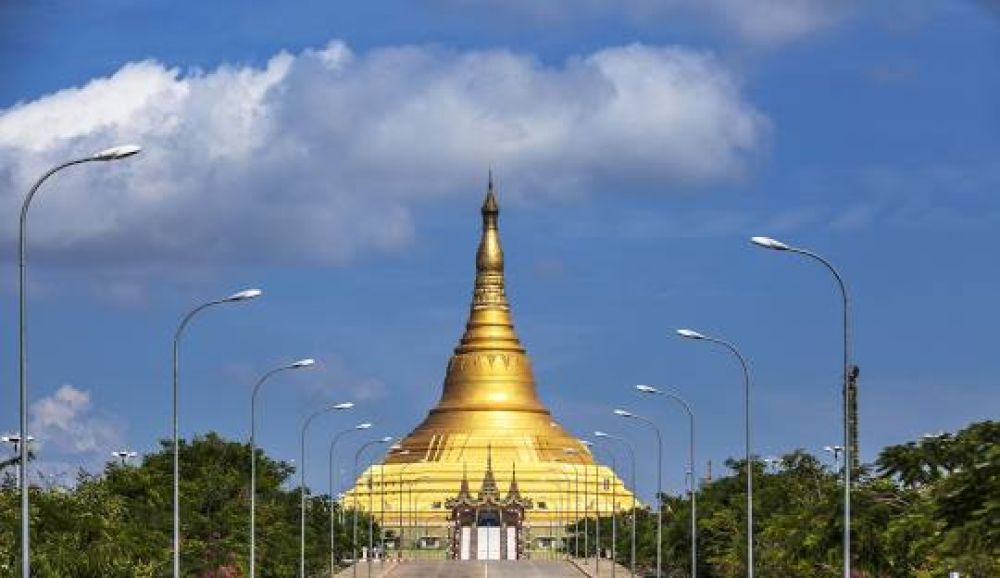

Myanmar, with its rich history and cultural tapestry, has long been a destination that fascinates travelers from around the world. Among its many stunning sites is the Uppatasanti Pagoda, a beacon of peace and spirituality in the heart of Naypyidaw, the country's modern capital. This relatively new addition to Myanmar's array of attractions embodies both the nation's deep-rooted Buddhist traditions and its more recent history.
The Uppatasanti Pagoda, which translates to "Peace Pagoda", is more than just a monument; it is a symbol of the consolidation of Myanmar's capital in Naypyidaw. Constructed in 2009, it mirrors the famous Shwedagon Pagoda in Yangon in size and stature although it is slightly smaller by a few centimeters. Built by order of the military government, the Uppatasanti Pagoda serves as an emblem of the country's commitment to Buddha's teachings amidst the rise of the new city.
While Naypyidaw is one of the world's least known capital cities, the establishment of the Uppatasanti Pagoda has played a significant role in attracting visitors to the region. It has not only become an important site for Buddhist pilgrimage but also a place of interest for world travelers seeking to understand Myanmar's evolution. The pagoda's stunning architecture, adorned with intricate carvings and gold, offers a photographic feast and an insight into Burmese craftsmanship.
Guests to the Uppatasanti Pagoda can explore its enormous compound, which houses several sacred relics, including a Buddha tooth relic donated by China. The pagoda also features several impressive structures, including the Maha Hsutaungpyae Buddha image in the Maha Pasadabhumi Gandhakuti Chamber and a garden of 108 holy Bo trees. Each aspect of the pagoda's design holds spiritual significance and reflects the Theravada Buddhist philosophy.
In recent years, Myanmar's tourism industry has faced numerous challenges, including political upheaval and the global COVID-19 pandemic. Nonetheless, measures have been implemented to revive the sector, with a focus on sustainable and responsible tourism that benefits local communities. Tourists are increasingly seeking authentic experiences, and Myanmar's government is working to improve infrastructure and access to heritage sites like the Uppatasanti Pagoda, which remains a potent draw for its tranquil atmosphere and cultural significance.
For those planning a visit, the best times to explore the Uppatasanti Pagoda are early morning or late afternoon when the temperatures are more accommodating, and the lighting is ideal for photography. As with all Buddhist sites in Myanmar, visitors should dress respectfully, covering shoulders and knees, and be prepared to remove their shoes before entering sacred areas.
As tourism in Myanmar evolves, the Uppatasanti Pagoda continues to serve as a solemn reminder of the country's past and a beacon of peace for its future. Whether for pilgrimage, exploration, or contemplation, its gates stand open to all who travel to Naypyidaw.